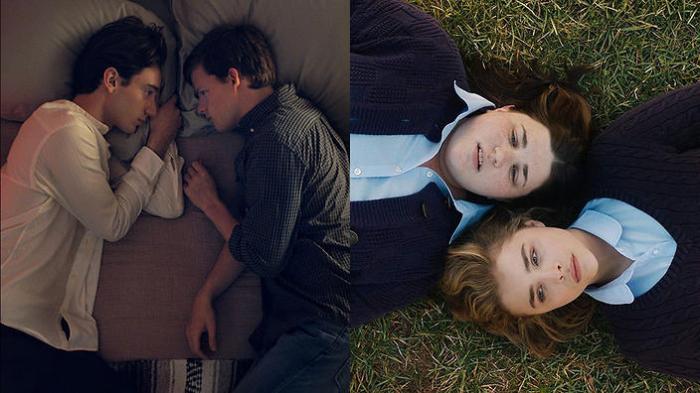
“It is a completely different film with different themes, one was a work of fiction and the other based off of a memoir. The one commonality is they take place at conversion therapy facilities,” says David Craig, co-producer and actor in Boy Erased, when asked to compare his film with The Miseducation of Cameron Post released in the same year. Although “different”, these films do one thing the same: put conversion therapy, and all of its complexities, on to our screens – as it is in Netflix’s Riverdale through the character, Cheryll, who is placed in a religious centre to change her sexuality, and Sens8, where Noni is threatened with a lobotomy to rid her of her lesbianism. Boy Erased, inspired by the true story of Garrard Conley’s, explores the criticism that surrounds these unethical practices, which are still performed on the LGBTQ+ community around the world.
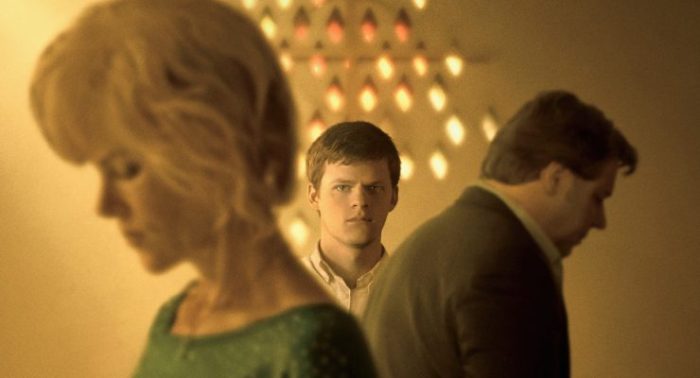
Pamela Gawler-Wright, consultant psycho-therapist and specialist in conversion therapy at PinkTherapy, says conversion therapy tends to take place when “one sexual orientation, or gender identity, is preferred over others.” Attempts to alter someone’s sexuality are often associated with older times, and as a predominantly American issue, yet a recent survey conducted by the Ozanne Foundation showed that it’s still a problem with 458 out of 4,613 respondents who had undergone efforts to change their sexual orientation in the UK. So, can we look to these fictionalised accounts of conversion-therapy, to help us to understand what it is that happens in these real-life centres?
Cameron Post and Boy Erased each tell stories of characters who have been placed in conversion therapy by their own family, stressing the ignorance of people about the practices which are performed in these centres. Melanie Ehrlich, who plays Helen in Cameron Post, says her character is ‘one of the few who is there by choice and genuinely wants to get better – so to speak’. Similarly, in Boy Erased, Xavier Dolan’s character, Jon, is angry at the main character for not trying; he is one of the few who thinks that homosexuality can be cured.

Crucially, it is religion or a fear of society which normally drives people to attend – or be forced into – conversion therapy. “Basically it’s still very hard to be in a sexual, or gender, minority and whatever the problems and difficulties are, no two people are the same. It’s complex and for multiple reasons, it’s not a single cause problem. It shouldn’t only be thought of as a problem of religion,” says Gawler-Wright.
Another reason people join conversion therapies is due to marital problems, which is not depicted on screens: “It’s often people who tried to get married and it’s not working and so then they try to get therapy. Sexuality is fluid, so you know maybe feelings change later in life,” she says. According to the Ozanne’s survey, 50% of people go into therapy because they “wanted to live as straight,” while 63% were ashamed of their desires. Unsurprisingly, the biggest motivator on the survey is religion, with 72% of people admitting they attend therapy because they believe their lifestyle choices to be “sinful”.
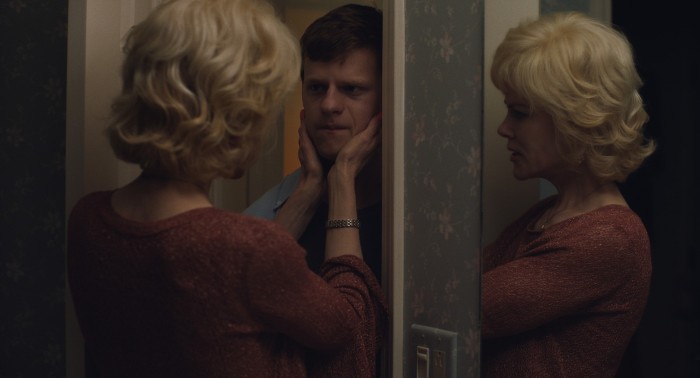
Violence and mental health problems are recurrent subjects in conversion therapy films, and the audience sees strong emotional scenes leading to suicide in each film. While Cameron Post shows a ‘soft’ version of the trauma, as a result of conversion therapy, with the scene of Mark’s suicide, Boy Erased seems driven by the wish to shock its audience; to show spectators the harsh reality of these therapies. “Almost everything portrayed in the film was from Garrard’s memoir, or personal experience. But some scenes, like the fake funeral/baptism was pulled from an experience of another Life in Action’s survivor, who we met while doing research for the project,” says Craig. According to Gawler-Wright, these films are authentic to reality: “Sometimes conversion-therapists go down the virus-psycho-dynamic route, and say issues are to do with your early childhood experiences or relationships with your parents. Sometimes it’s kind of like a stroke hypnosis to treat it as it’s something like a ‘bad compelling habit.’” More figures from the Ozanne survey show that 68% of conversion therapy victims had suicidal thoughts and 60% suffer from anxiety and depression, requiring medication.
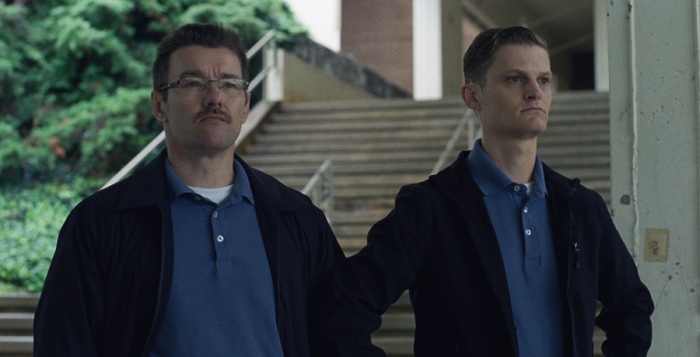
Conversion therapy alternatives are setup by national governments to avoid its practice, such as in the UK where the Church of England condemned its use in July 2017; a Memorandum of Understanding on Conversion Therapy was also signed by the biggest British medical organisations in the same year, which declared the methods as “clinically wrong.” Other organisations are still practicing these methods though. Nicole Kidman’s character in Boy Erased sums this up perfectly, when she tells the head of her son’s centre: “Who are you to tell my son what to do? Are you a psychotherapist? No you’re not.” A key issue is, people who run these therapies tend not to be part of regulated services, which makes it hard to close them down. “It’s not made illegal because psychotherapy and counselling are not state-regulated professions. So in terms of what we’re trying to make illegal, the most successful routes have been to use legislation in terms of equality. Basically it is a fraudulent practice because what it promises doesn’t exist, so it is a discriminatory practice which does harm,” says Gawler-Wright.
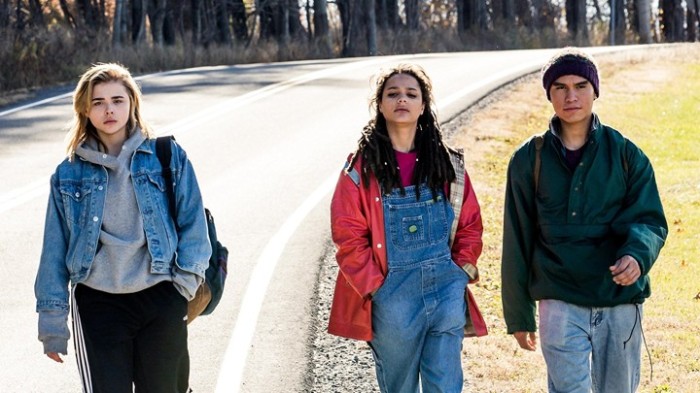
“It’s not exactly new – it came up in Todd Haynes’ Far From Heaven and HBO’s Masters of Sex (both storylines involved married men who were gay), but I think the current political climate has brought it to the fore again” says Tracey McVey, administrator of the Film and TV Studies course at Warwick University. Ehrlich agreed with McVey, and said the climate on set was tense due to the US presidential election taking place at the time. “Now it’s more important than ever that this film is not only seen, but seen by people who are the most at risk and danger,” she says. “I think that it has the power to transmit information that no other way can”. Conversion therapy hits the big screen while laws still play out in the States, with 41 out of 50 US states permitting it, and only 17 deeming it illegal. According to Craig: “Because of the visibility of films like ours and Cameron Post, society is realising this isn’t an ancient practice — it’s something that is happening now and in a big way”. The rate of conversion therapies is under-estimated in each of the films though: “There were two conversion therapy movies in the same year — there should have been eight.”
Even though both films weren’t able to tell every single side of their stories, they were at least able to shed light on the horrific practices of conversion therapy. But by denouncing these practices, they highlight an issue about the cinematic world: we need more awareness of conversion-therapy and LGBTQ+ discrimination on our screens around the whole world. Cinema, as Abhijit Naskar wrote in his book The Film Testament, should “entertain, but also, give the viewer something to think about”. This new wave of LGBTQ+ films, and mainly conversion therapy focused ones, help us to do this, and to understand what these issues which are happening right now – almost anywhere in the world.